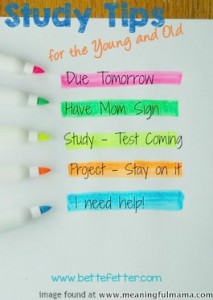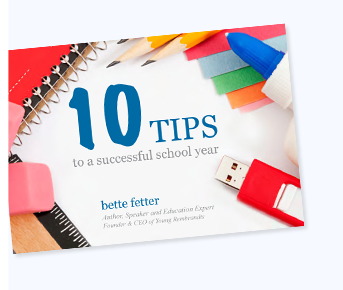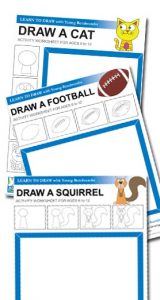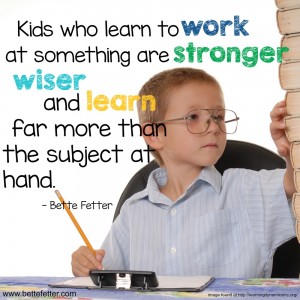Podcast: Study Tips for the Young and Old
 Tackling classwork, homework or studying for tests can be a challenge for any parent, especially if you have kids (or are an adult) with a different learning style.
Tackling classwork, homework or studying for tests can be a challenge for any parent, especially if you have kids (or are an adult) with a different learning style.
 Tackling classwork, homework or studying for tests can be a challenge for any parent, especially if you have kids (or are an adult) with a different learning style.
Tackling classwork, homework or studying for tests can be a challenge for any parent, especially if you have kids (or are an adult) with a different learning style.



Are you feeling the end of the school year burnout? Imagine what your visual learner is feeling at this time of year. Give yourselves permission to take a break until you get through all the end of the school year ceremonies, concerts and school picnics.


